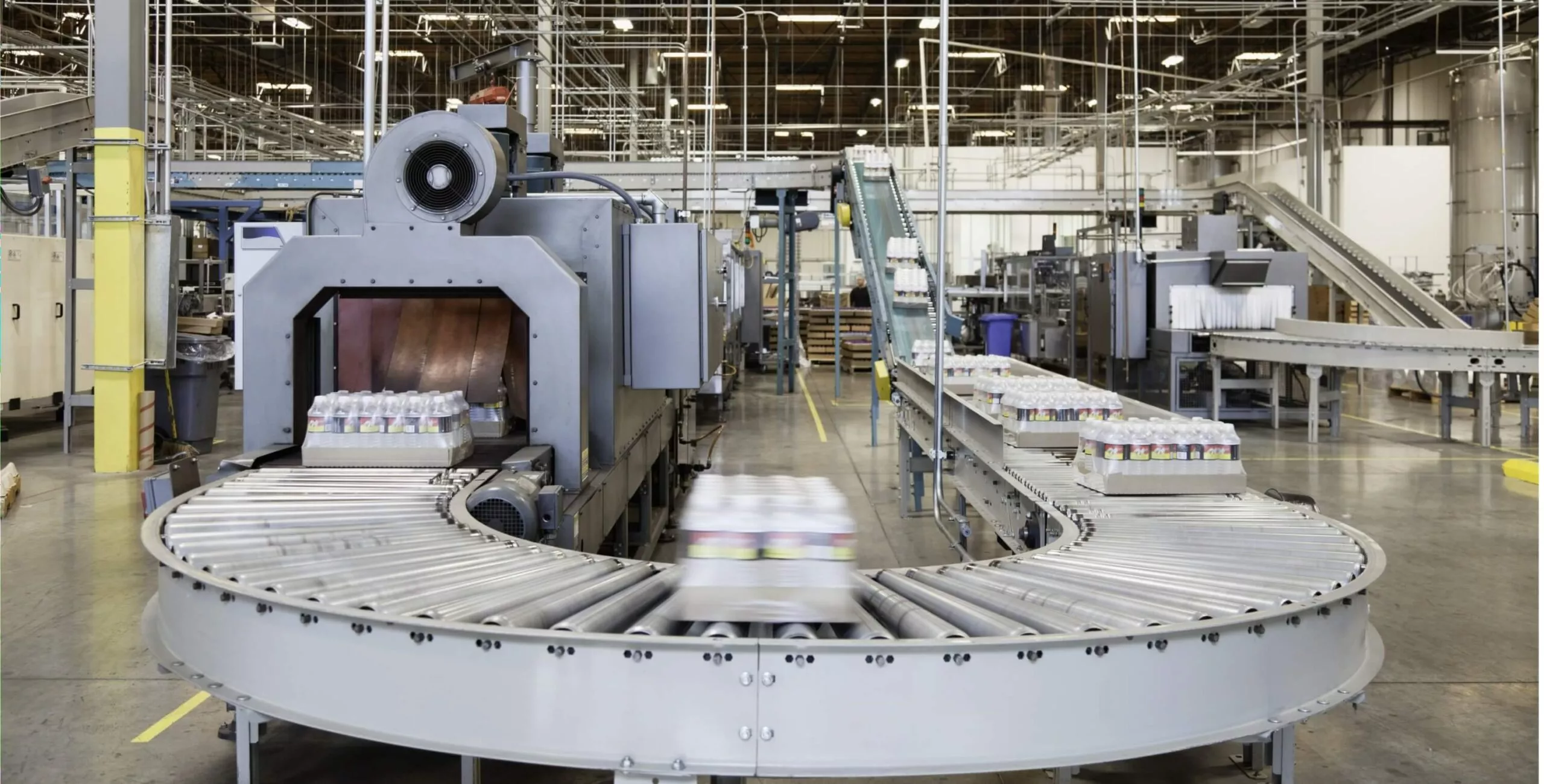When it comes to facilities management, there are two main areas you need to focus on: hard and soft facilities management. Hard FM involves the physical assets and infrastructure of a building—things like HVAC systems, plumbing, and electrical systems. Soft FM, on the other hand, deals with services that support the day-to-day functioning of a building, like cleaning, security, and waste management. While both are crucial for smooth operations, they focus on different aspects of building care. In this blog, we’ll dive deeper into the differences between these 2 types of facilities management, helping you understand how each one impacts your role. Without waiting any longer, let’s get started.
What Are Hard FM Services?
Hard Facility Management (Hard FM) services are the backbone of any building’s infrastructure. These services focus on maintaining the physical elements of a structure, ensuring it remains safe, functional, and comfortable for its occupants. Often mandated by law, these services are not just about keeping the building running—they’re about protecting the people who use it and ensuring a smooth, efficient environment.
Some of the most important hard FM services include:
- Electrical and lighting systems
- Fire safety measures
- Plumbing systems
- Heating, ventilation, and air conditioning (HVAC) systems
- Temperature control systems
- Regular building upkeep and repairs
- Elevator maintenance
These services ensure that everything is functioning properly and that the building is safe and comfortable for everyone inside.
What are Soft FM services?
Soft Facility Management (Soft FM) services focus on improving the comfort, security, and overall well-being of the building’s occupants. These services help create a pleasant, welcoming atmosphere by ensuring the environment is clean, safe, and comfortable for everyone, from employees to visitors.
Some common examples of soft FM services include:
- Cleaning service
- Pest control
- Landscaping
- Interior design and decorating
- Catering services
- Mail and courier management
- Waste management
- Car parking and maintenance
These services are focused on improving the day-to-day experience of the building’s users and making the space more comfortable and convenient to navigate. Unlike hard FM services, which focus on physical infrastructure, soft FM services are designed to enhance the quality of life within the building.
What’s the Difference? Hard FM vs. Soft FM
| Feature | Hard Facility Management | Soft Facility Management |
|---|---|---|
| Focus | Primarily deals with the physical infrastructure, including the building and its systems. | Focuses on services that support the day-to-day operation of the building and its occupants. |
| Nature of Work | Involves technical tasks that require specialized skills and knowledge about building systems and construction. | Involves more operational tasks that may not require highly specialized skills but are important for maintaining comfort and safety. |
| Maintenance | Regular inspections and repairs of systems that keep the building running (e.g., electrical circuits, heating/cooling systems). | Ensures cleanliness and a comfortable environment, including tasks like janitorial services and managing security. |
| Skill Set | Requires engineers, technicians, and professionals skilled in building systems, electrical, plumbing, and mechanical work. | Involves roles like cleaning staff, security personnel, gardeners, and administrative staff, which require less technical expertise. |
| Cost | Higher initial investment and ongoing costs due to the maintenance and repair of critical infrastructure. | Generally lower ongoing costs, as services are more about managing people and materials than heavy infrastructure. |
| Compliance | Must comply with legal and safety regulations concerning the structure and safety systems (e.g., fire alarms, electrical codes). | Compliance focuses more on health, safety, and hygiene standards, such as cleaning protocols and waste disposal regulations. |
| Impact on Operations | Directly affects the functionality and safety of the building. Any issues can result in major disruptions (e.g., system failures). | Affects the comfort and well-being of occupants but usually doesn’t cause major disruptions if a service is delayed or missed. |
| Technology Use | Heavily reliant on specialized equipment and technology for building systems (e.g., automated heating/cooling controls, security alarms). | May use technology for scheduling, tracking service requests, or managing building cleanliness, but less dependent on high-tech equipment. |
| Emergency Response | Handles critical repairs and responses, such as fixing leaks, restoring power, or addressing building safety issues. | Deals with non-critical emergencies, like cleaning up spills, managing crowd control, or handling minor building issues. |
| Long-Term Planning | Focuses on preventive maintenance to ensure the building’s systems remain functional and up to code. | Involves planning for service quality, cleanliness, and overall building environment over time. |
| Outsourcing | Often involves hiring contractors or specialists to handle repairs, installations, and technical upkeep. | Can often be managed with in-house staff, although some services (like cleaning) may still be outsourced. |
| Examples | HVAC repairs, electrical system maintenance, plumbing repairs, fire system inspections. | Cleaning services, security staffing, landscaping, waste management, pest control. |
Why is it Important for Businesses to Manage Their FM Services?
Managing facilities properly is important for ensuring a comfortable and functional space, especially in places like offices where many people work daily. When both hard and soft facilities management (FM) services are taken care of, it means things like clean kitchens, working elevators, and other basic amenities are always in good condition.
Taking care of these services can lead to:
- A Safe Working Environment: Ensuring the building is well-maintained and up to safety standards helps prevent accidents and keeps everyone safe.
- Improved Employee Productivity: Studies show that a well-kept and thoughtfully designed workspace can boost productivity. For example, 77% of employees said that an open office design helped them work better.
- Greater Satisfaction Among Employees: When companies focus on creating a healthy environment, like using plants or bringing in more natural light, employees tend to feel happier. 69% of companies that made these changes reported increased satisfaction from their workforce.
- Better Employee Well-being: A clean and comfortable office not only helps employees be more productive but also contributes to their overall well-being, making them feel more relaxed and less stressed.
In the end, managing FM services well helps businesses create a space that supports both the well-being and productivity of their employees.
Ways to Effectively Manage Your Hard FM and Soft FM Services
Many teams rely on Facilities Management Software (FM Software) to streamline and manage their facilities management tasks. This software helps with recording, planning, scheduling, monitoring, and reporting on various management duties. With the help of CAFM (Computer-Aided Facilities Management) tools, handling both hard and soft FM services becomes quicker and more organized. Here’s how these tools can help:
-
Planning Building Maintenance
With FM software, you can easily manage various types of maintenance tasks, whether they are planned, preventive, predictive, or reactive. The software enables you to schedule regular inspections, audits, and other checks that help ensure everything is running smoothly. By keeping up with these tasks, you can avoid unexpected repairs and make the overall maintenance process quicker and more efficient.
-
Job Logging and Work Orders
FM software allows for seamless job logging from the end-user, which then turns into work orders for technicians. This process speeds up how maintenance tasks are handled. Many FM tools even let you store equipment photos, warranty information, and service history all in one place. This not only makes things easier for the technician but also keeps all the necessary information in an organized manner, helping reduce errors and delays.
-
Keeping an Accurate Asset Register
An asset register is important for managing all your assets across hard and soft FM services. FM software helps you track the location, condition, and history of every asset, making it easier to manage budgets and understand costs. This helps you make informed decisions about whether to repair, replace, or dispose of an asset. Some FM tools even offer tracking features that allow you to tag equipment and monitor its use, helping improve accountability and visibility.
-
Maximizing Space Management
Since the COVID-19 pandemic, managing workspace design and seating has become increasingly important. FM software can help you plan and manage office layouts, allocate seating, and ensure space is being used in the right way. This is important not only for maximizing available space but also for supporting the well-being of employees. By having a clear view of how your spaces are being used, you can make adjustments that benefit both productivity and comfort.
-
Tracking Energy Consumption
Many FM software tools now offer the ability to track energy usage throughout the building using Internet of Things (IoT) sensors. By tracking energy consumption by different zones or assets, you can identify areas where energy is being wasted. This information helps cut down on energy costs and contributes to making your building more environmentally friendly. It’s an important step toward both reducing operational costs and minimizing your building’s environmental footprint.
Streamline Your Facility Management with NEXGEN
Take control of your facility management with NEXGEN. Our software makes it simple to record, plan, schedule, track, and report on all your facility tasks in one place. Click here to learn more.





